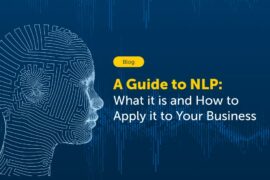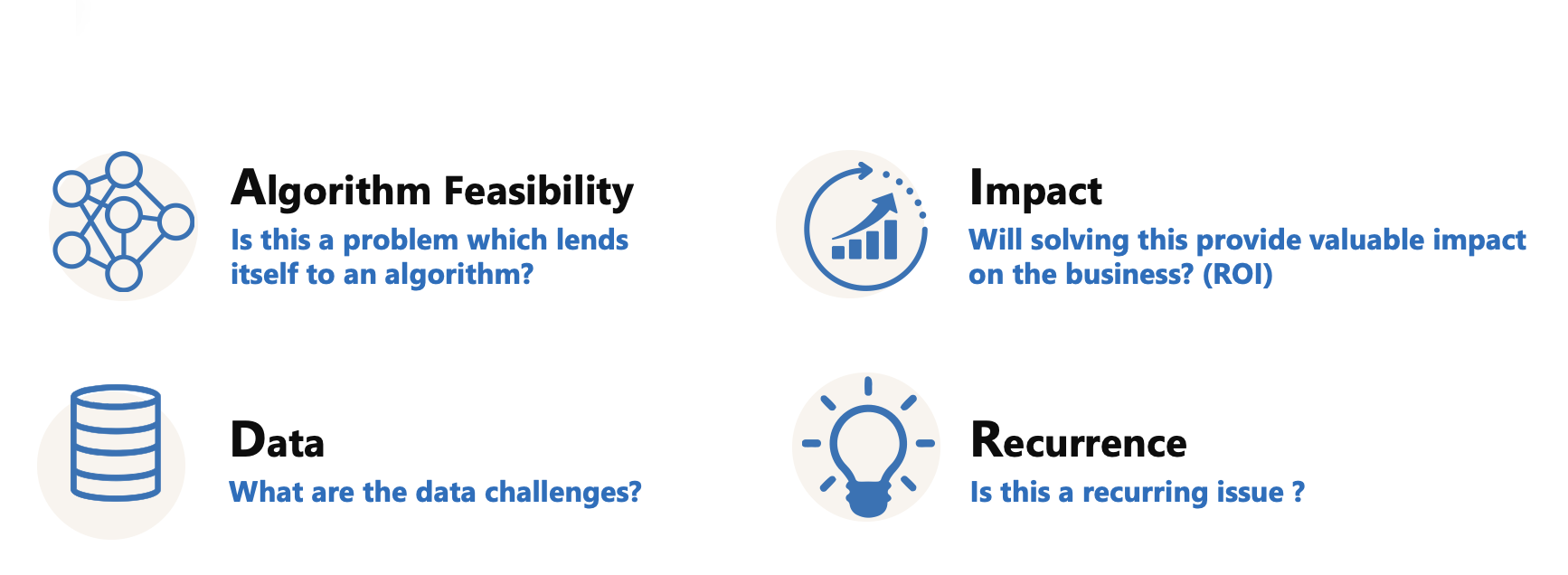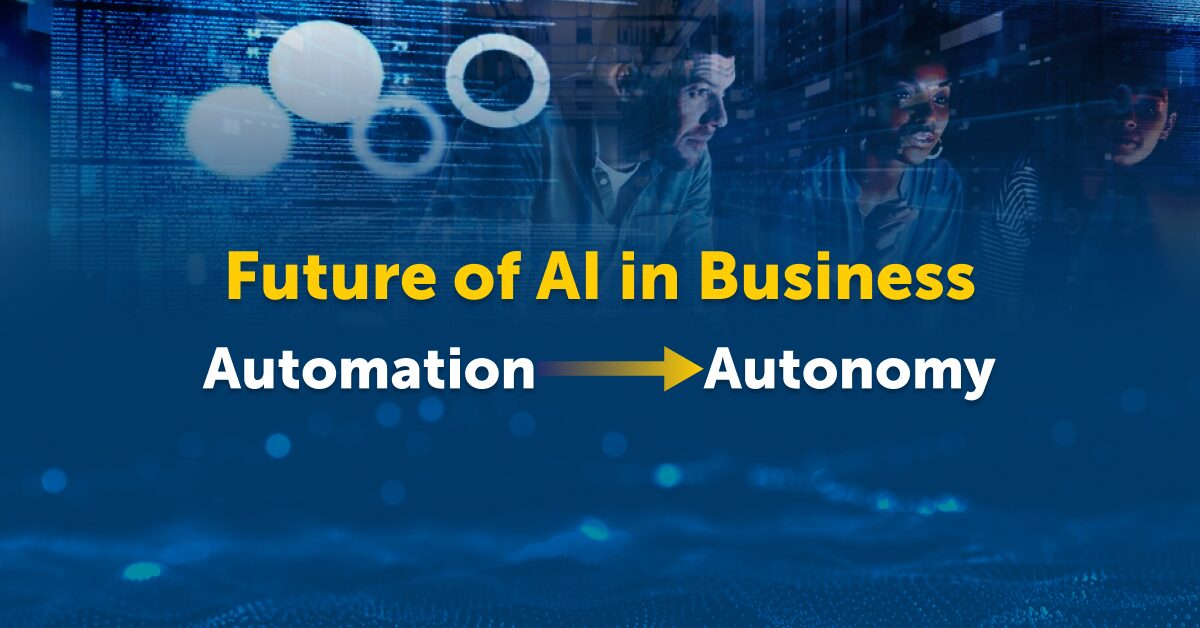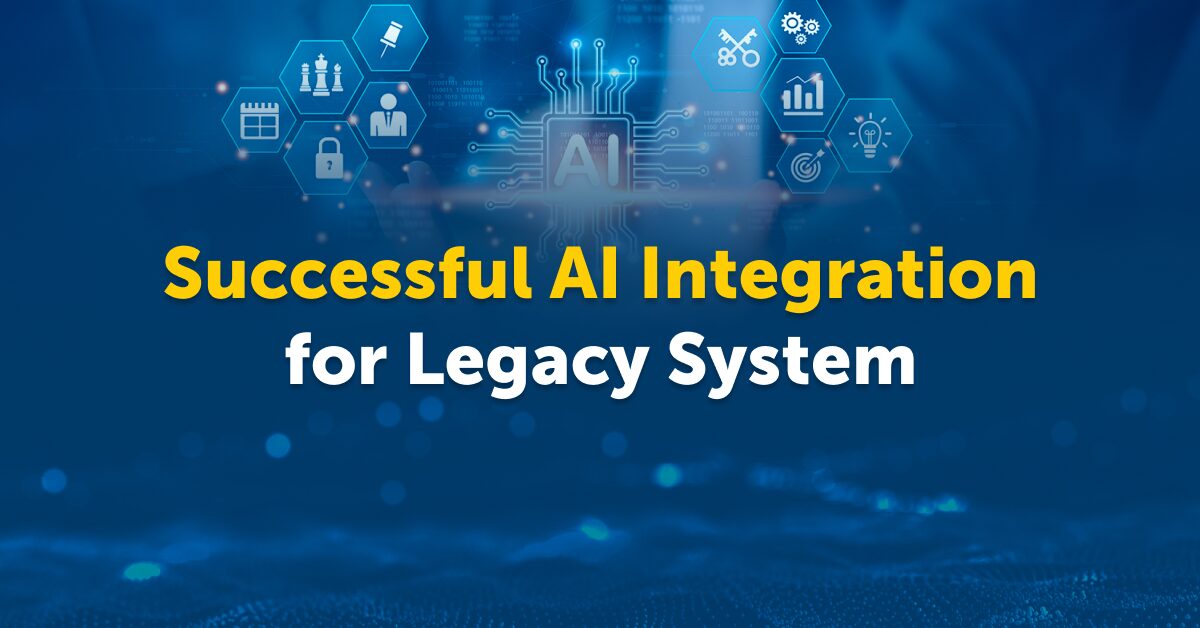
What is Natural Language Processing (NLP)?
Natural Language Processing (NLP) is a sub-discipline of Artificial Intelligence (AI) that enables the synthesis and analysis of speech and text, allowing computers to interpret, understand and communicate through human language. Some examples are as simple as search results, email filters, and predictive text. Others include smart assistants, digital phone calls, and language translation.
Brief History of Natural Language Processing
Alan Turing introduced the idea of the “thinking machine” in 1950 stating that if a computer could communicate with a human such that the human did not know the difference, the computer could be considered thinking. In the 1980s NLP research took off with a focus on pure statistics replacing the mix of linguistics and statistics. Popularity of statistical models soared in the 90s followed by recurrent neural networks. In 2011, Siri became one of the first AI/NLP models used by consumers. Today, NLP is a part of our everyday lives.
Recent Advancements in the Field
In recent years Deep Learning has been able to beat most of the traditional Machine Learning algorithms in most NLP tasks including parsing, question answering and tagging. Recent advancements in the industry include the GPT-3 model, the TANDA-RobERTa model, and the LeakGAN (Generative Adversarial Networks) model.
Current Business Applications of NLP
The internet provides mass amounts of data generation and data driven decision making. There is also an increase in the understanding of consumer behavior due to the widespread use of chatbots. Each conversation with a chatbot generates several data points such as customer sentiment, inent, and engagement.
Increasingly, in industries such as banking, HR and legal, where hundreds and thousands of documents are created and need to be processed every day, information retrieval can help time and resource management.
Industry-specific use cases
NLP works with unstructured data, such as text documents, customer feedback forms, user logs and webpages, and has myriad applications across industries. Some common examples include chatbots, online gaming monitoring, and human resource management. This capability can be utilized in departments such as Content Marketing as businesses monitor their advertising campaigns, consumer interaction, or even content production.
Forward Looking NLP Trends
As NLP research dominates the AI industry it’s important to keep in mind the forward looking trends. Fr example, AI extracts transcripts from audio and videos which are processed into insights. Insights include summaries, notes and action items for participants on a call, or a timeline of speakers at specific points of a call. There is a market for real time processing in healthcare and emergency situations.
Building NLP Solutions for Businesses
Natural Language Processing research has been underway for decades, and the last ten years have seen exponential growth in business applications from document processing for compliance and chatbots for customer service to sentiment analysis for marketing. Today’s NLP systems produce accuracy levels humans can trust in business environments and create value in many industries. We foresee applications of NLP in business advancing even further in the coming decade.
AIDR Framework
Algorithm Viability
Does this problem lend itself to an algorithm? Is it able to run fast enough for your needs? Do you have enough computer resources to run it? How accurate does it need to be?
Impact on Revenue/Cost
Is the value proposition of the solution clearly defined? Does it impact revenue and save cost?
Data
Do you have a proprietary or publicly available data source through which you can train the AI? Is the data annotated? If the AI solution is implemented, does the solution generate data that can be used to train itself?
Recurrence
Does the AI system automate a task done frequently by humans? Is the task to be automated performed hourly, daily, weekly, monthly or yearly?



